Blog
INTERIOR DESIGN IN ANCIENT EGYPT
Ancient Egypt is renowned for its impressive monuments and tombs, but also for its exquisite interior design. From the pharaohs to high officials, interior design was an integral part of ancient Egyptians' lives, both in their everyday existence and in the afterlife.
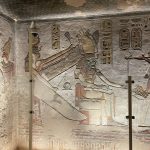
The architecture and decoration of the walls played a fundamental role in everyday life and in the expression of Egyptian cosmology. The dwellings, designed with a focus on functionality and adaptation to the climate, featured walls made of adobe bricks and flat roofs made of bound palm logs, characteristics observed in the houses of peasant “fellahs“. These structures, often arranged around interior courtyards to maximize the entry of light, stood out for their good adaptation to the dry and warm climate of the region. Regarding decoration, both indoors and outdoors, walls, columns, and ceilings were covered with hieroglyphs, bas-reliefs, and sculptures painted in vibrant colors. Egyptian symbolism was expressed through ornaments such as the sacred scarab beetle, the solar disk, and the vulture, as well as palm leaves, papyrus, and lotus flowers. Hieroglyphs not only served a communicative function but also formed an essential part of the decoration, along with bas-reliefs that depicted historical events or narrated mythological legends. Additionally, the most emblematic construction, the pyramid, represents both an architectural achievement and a symbol of celestial ascension for the kings, according to the symbolic perspective.
Thus, the architecture and decoration of the walls in ancient Egypt not only reflected the technical skill of the time but also the beliefs and values of a civilization rich in symbolism and tradition. Here are some of the fundamental aspects.
Tombs and Pyramids
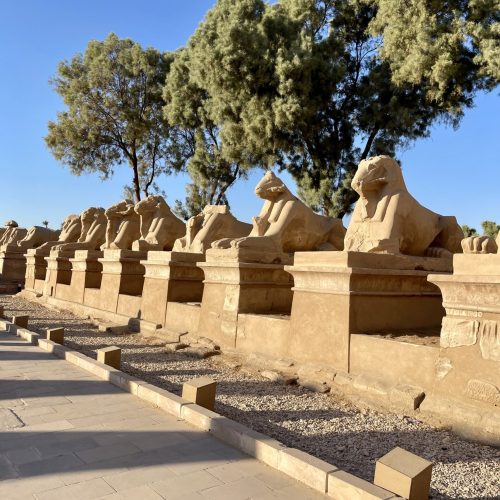
The tombs and pyramids of ancient Egypt were much more than simple resting places. They were places of worship and tribute to the pharaohs and high officials, adorned with great care and detail. The walls were adorned with paintings and reliefs depicting scenes of everyday life, religious rituals, and the afterlife. Ceilings were decorated with stars and constellations, and the burial chambers were filled with treasures and offerings for the journey to the afterlife.
Everyday Life
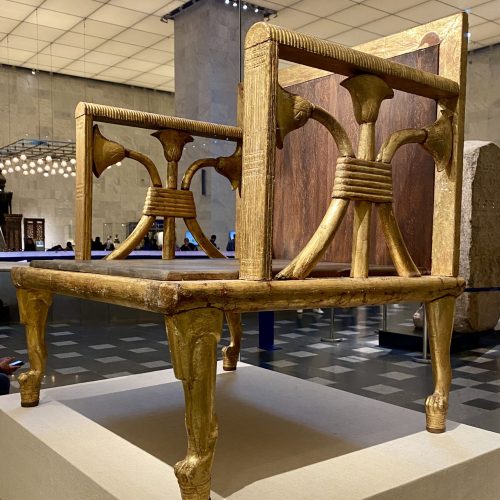
Interior design was also significant in the everyday life of ancient Egypt. The homes of pharaohs and high officials were decorated with carved wooden furniture, handwoven rugs, and pottery and glassware. Additionally, the walls were adorned with various paintings alluding to memorable moments in the lives of their inhabitants.
Interior Design and Belief in Eternal Life
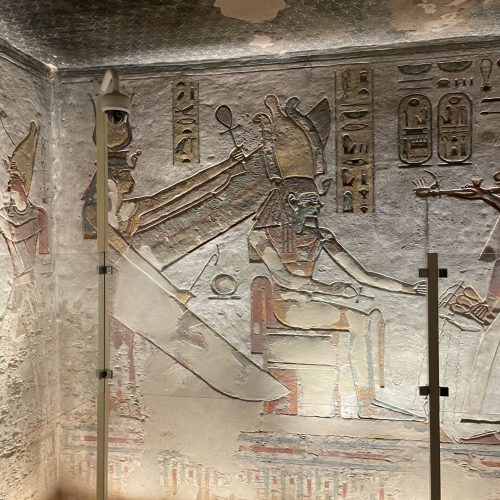
The belief in eternal life was closely linked to the design and arrangement of spaces. Tombs and pyramids were decorated with great dedication and precision to provide comforts in the afterlife. Pharaohs and high officials enjoyed the privilege of lying in richly decorated tombs, complete with secret passageways and exquisite details. The interior design of tombs and pyramids was a significant element of religious or mystical beliefs, reflecting the importance of eternal life in ancient Egyptian culture.



In this way, it is clear that the design of spaces and dwellings in ancient Egypt was much more than simple decoration. It was a form of expression of the beliefs and values of Egyptian society and reflected the importance of eternal life in ancient culture. From tombs and pyramids to the homes of pharaohs, interior design was an integral part of life and remains a source of inspiration for interior designers today.
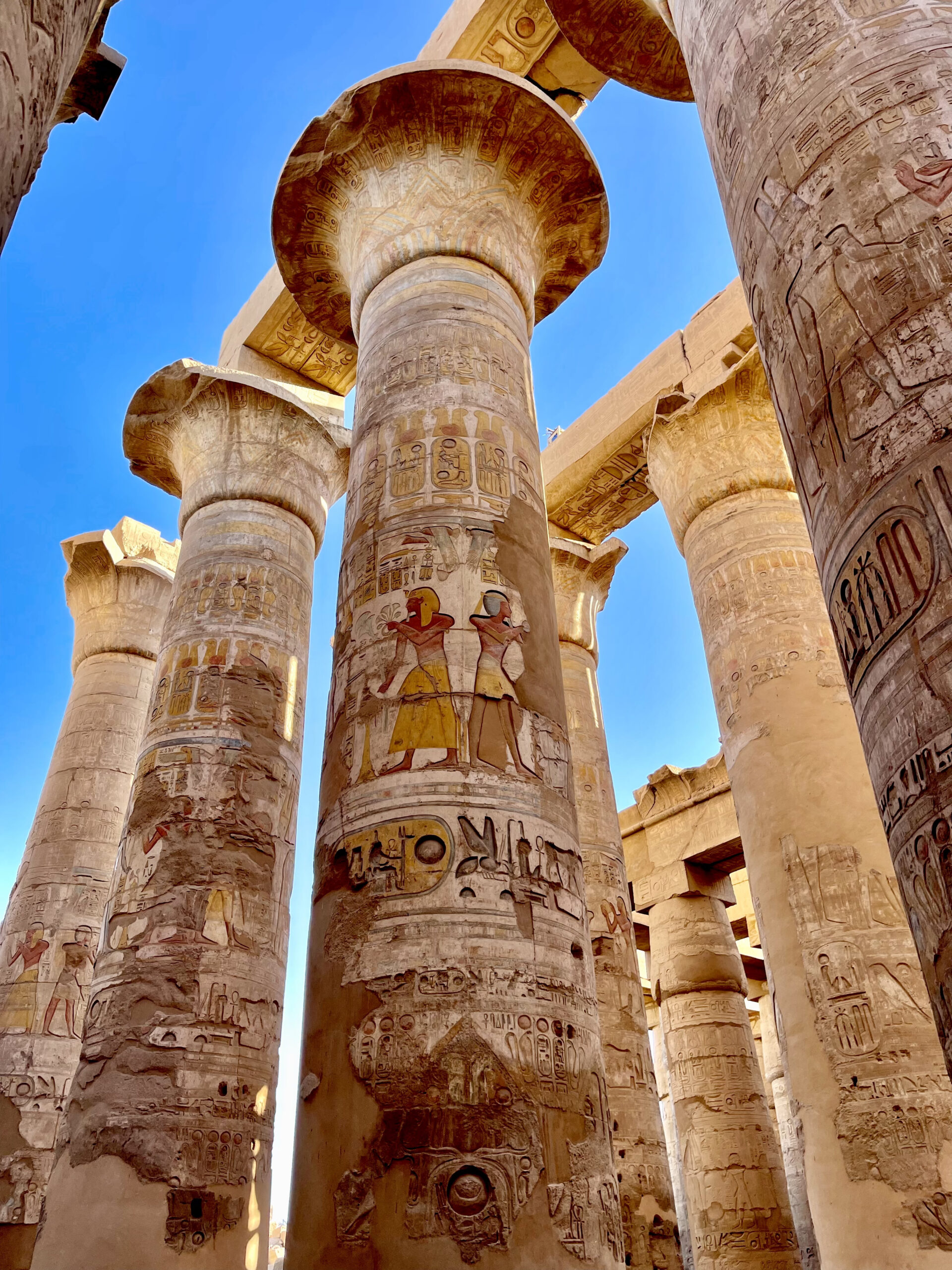
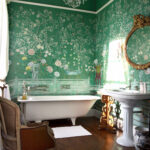
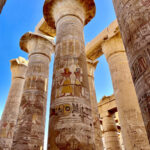
Leave a comment